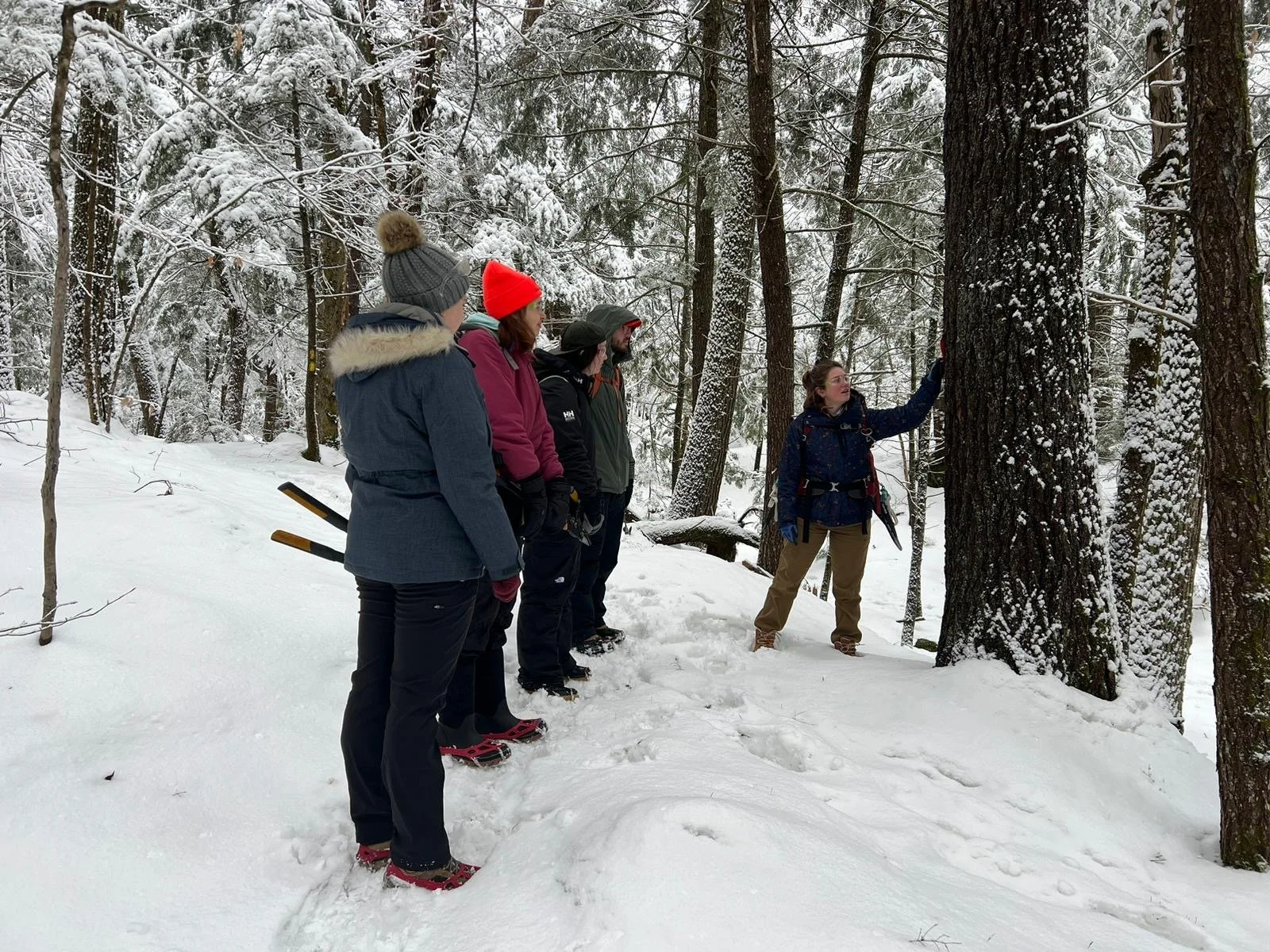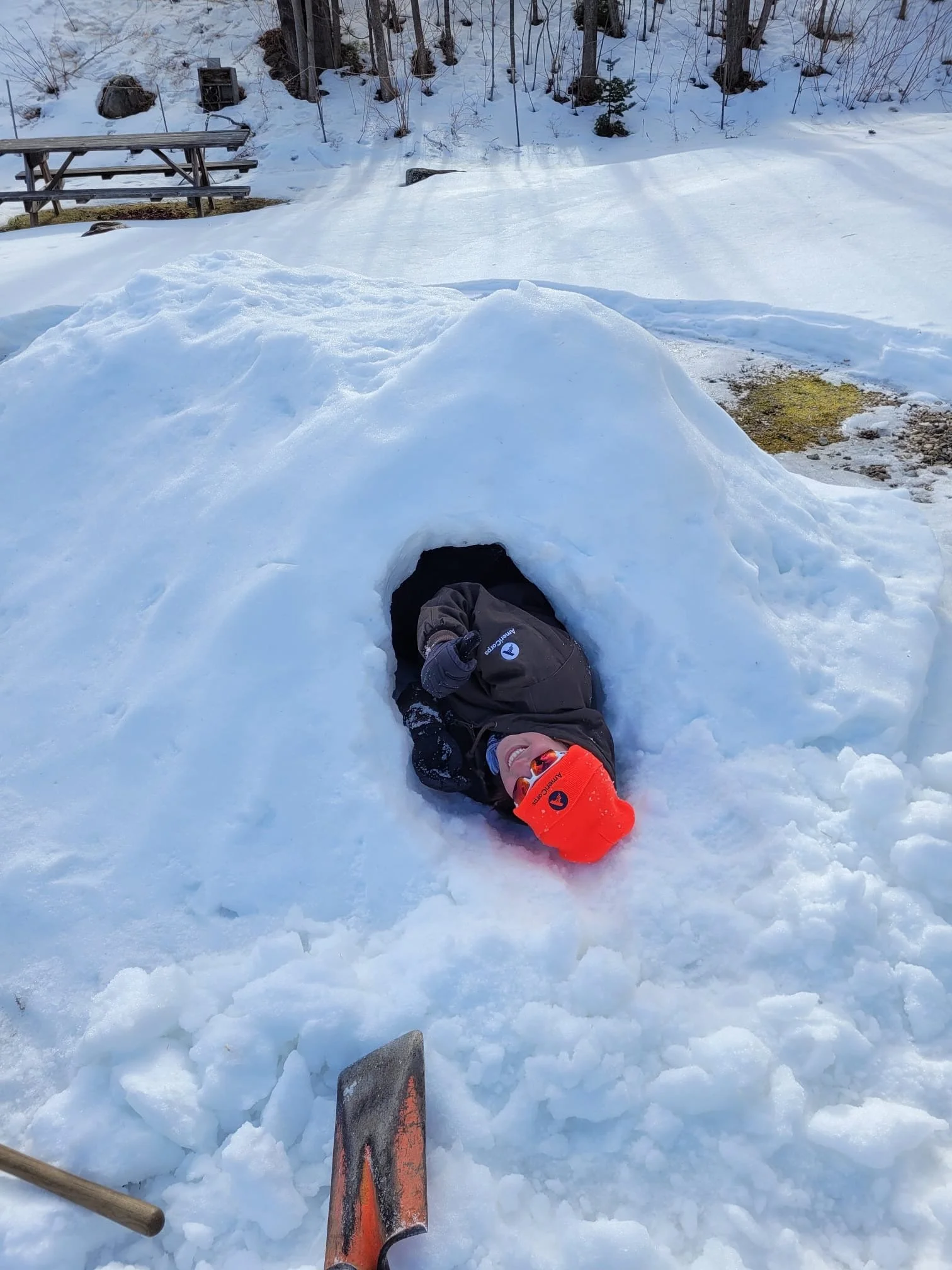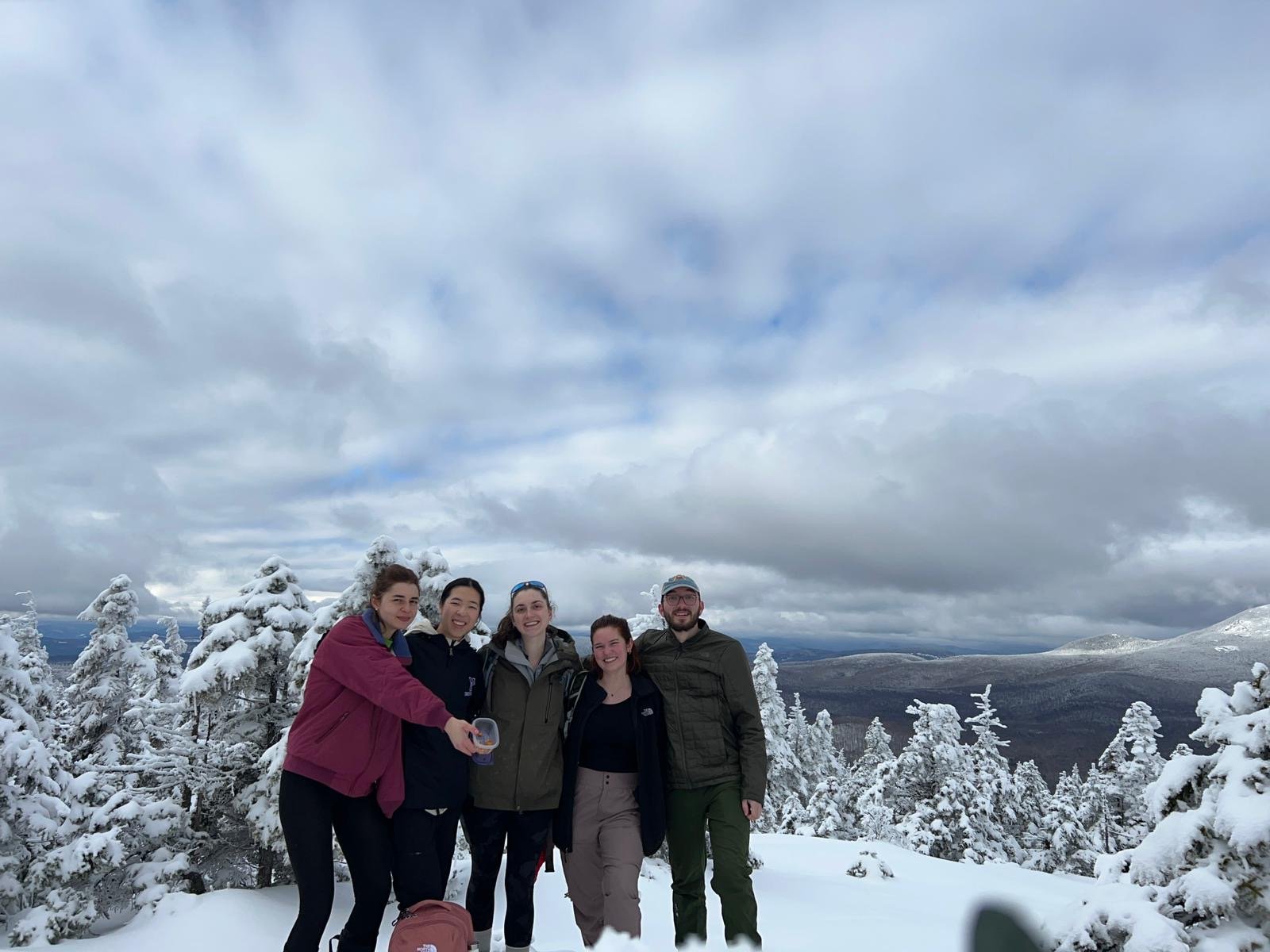Whatever happened to New England snow? My first glimpse of New Hampshire was a flurry of white in the middle of the night. Despite being 11pm on a January evening, my car was suffocated by the heavy snowflakes attacking my windshield as I defied the weather reports and traveled 17 hours in a blizzard. As a former resident of Michigan, I have always had a well-defined image of what winter should be. A blanket of snow smothering everything it touched, creating a blank canvas that animals and humans would soon paint with evidence of their passage. Some of my best memories, in childhood and adulthood, have been surrounded by snow. Either the exhilaration of snowmobiling, romping in waist deep power with two excited dogs, or the innocent fun of joining my siblings in the backyard to pack and roll together the largest snow man you have ever seen. While I don’t have those memories here yet, New Hampshire was already surpassing every expectation that I set, with piles of snow, sheets of ice dripping down sheer faces of rock, and peaks of mountains reflecting dazzling amounts of light off their tipped peaks. Two different types of winter brought together by the same feeling of captivation every time I see the snow flurry against my window or the crystals sparkle in the midmorning sun. Yet, so far, February has proved to defy every definition of winter, with mud up to my ankles and weather in the 50s°.
As the snow melts away in this faux spring, the true villain of trail maintenance emerges, stealing shoes when you least expect it and smearing its dirty fingers across anything it can touch. Mud, its own best friend, encouraging hikers to walk around the beaten path, using social trails and slowly widening the pit’s range to encompass the entire trail. When we widen our trails through the loosening of our soil, we increase our impact exponentially, increasing erosion and stressing the native wildlife. The native wildlife each has their own parameter of stress levels that are incurred from the central point of a hiking trail, and while one person walking on the trails does not seem like a stressing factor, the cumulation of hundreds of people using the trail annually results in a negative effect for every aspect of the environment.
Despite this muddy dilemma, there is something captivating about how wet snow falls in clumps from the tree limbs above. False tracks are created, and my friends and I enjoy exercising our imaginations with what crazy animal may have created those wild prints. Walking on thick, solid snow that has frozen, melted and refrozen gives the illusion that you are floating across the trail, leaving little evidence of your passing. Slipping and sliding down hills in a barely controlled fashion, leaving you breathless and invigorated. In these moments, you can feel only joy that you are a part of something more than yourself. Something uncontrolled and wild. Even though the winters have changed and evolved into something new, look on the bright side. It’s more fun that way.
Em is a Trails and Access Assistant at the Squam Lakes Association. When she isn’t out on the trails for service, you might find Em reading or birdwatching. Learn more about her here!





